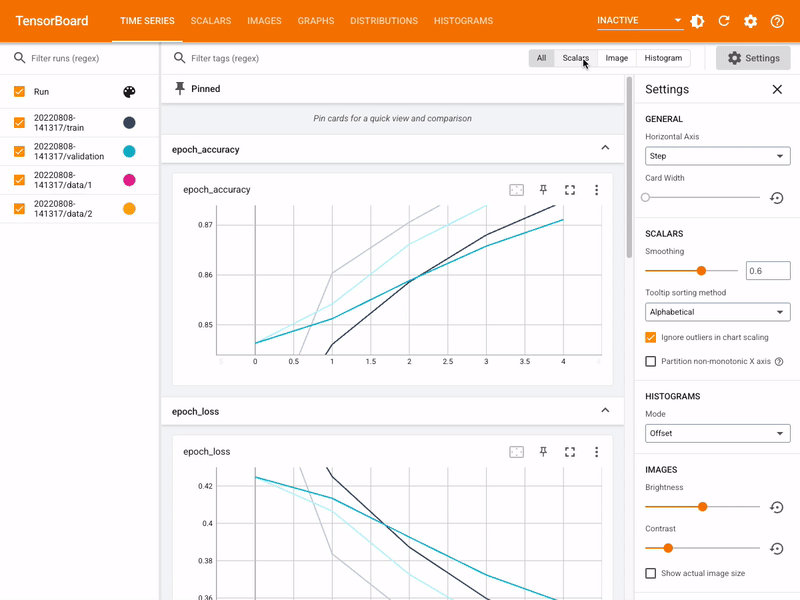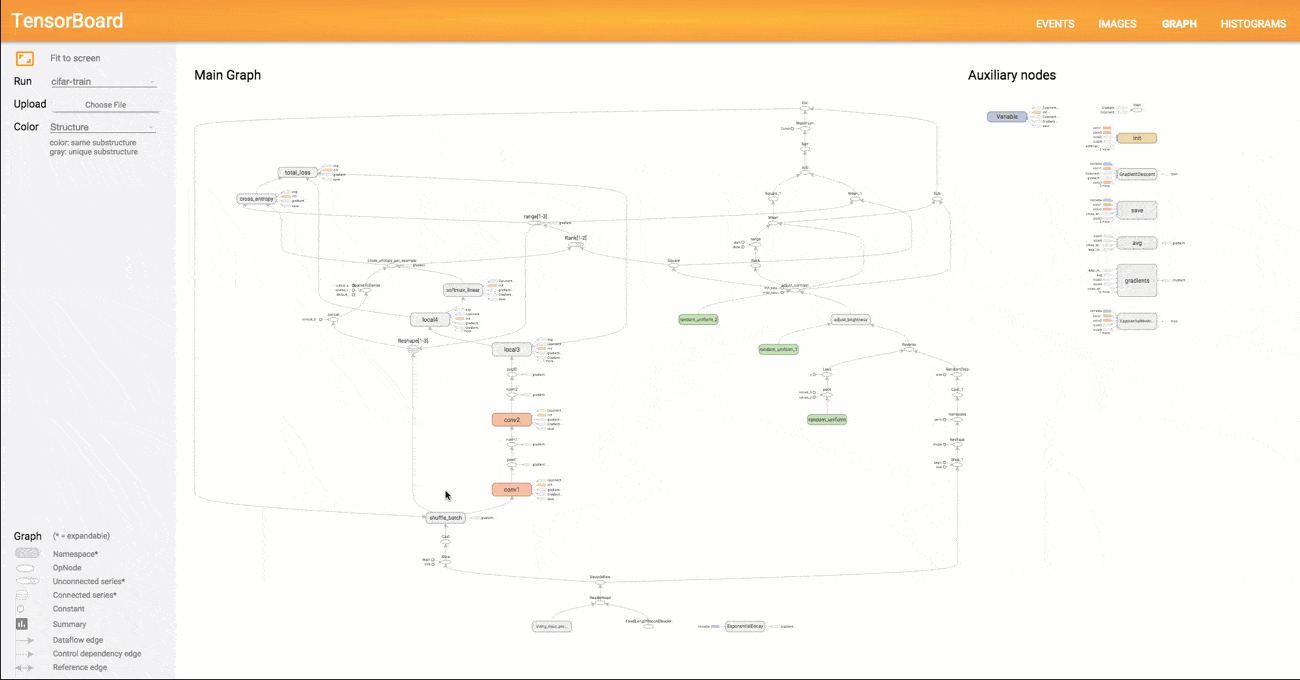Difference between revisions of "TensorBoard"
m |
m |
||
| Line 27: | Line 27: | ||
* [[TensorWatch]] | * [[TensorWatch]] | ||
* [[Principal Component Analysis (PCA)]] ...linear | * [[Principal Component Analysis (PCA)]] ...linear | ||
| − | * [[Embedding]] ... [[Fine-tuning]] ... [[Agents#AI-Powered Search|Search]] ... [[Clustering]] ... [[Recommendation]] ... [[Anomaly Detection]] ... [[Classification]] ... [[Dimensional Reduction]]. [[...find outliers]] | + | * [[Embedding]] ... [[Fine-tuning]] ... [[Retrieval-Augmented Generation (RAG)|RAG]] ... [[Agents#AI-Powered Search|Search]] ... [[Clustering]] ... [[Recommendation]] ... [[Anomaly Detection]] ... [[Classification]] ... [[Dimensional Reduction]]. [[...find outliers]] |
** [[T-Distributed Stochastic Neighbor Embedding (t-SNE)]] ...non-linear | ** [[T-Distributed Stochastic Neighbor Embedding (t-SNE)]] ...non-linear | ||
* [[Graphical Tools for Modeling AI Components]] | * [[Graphical Tools for Modeling AI Components]] | ||
Latest revision as of 09:50, 13 September 2023
YouTube search... ...Google search
- TensorBoard | Google ...TensorFlow's visualization toolkit
- TensorFlow
- TensorFlow Playground
- TensorBoard: Graph Visualization
- Neural Networks Playground
- Analytics ... Visualization ... Graphical Tools ... Diagrams & Business Analysis ... Requirements ... Loop ... Bayes ... Network Pattern
- Colaboratory (Colab)
- Data Flow Graph (DFG)
- TensorWatch
- Principal Component Analysis (PCA) ...linear
- Embedding ... Fine-tuning ... RAG ... Search ... Clustering ... Recommendation ... Anomaly Detection ... Classification ... Dimensional Reduction. ...find outliers
- T-Distributed Stochastic Neighbor Embedding (t-SNE) ...non-linear
- Graphical Tools for Modeling AI Components
- Visualizing Dataflow Graphs of Deep Learning Models in TensorFlow | K. Wongsuphasawat, D. Smilkov, J. Wexler, J. Wilson, D. Mane, D. Fritz, D. Krishnan, F. Viegas, and M. Wattenberg
In machine learning, to improve something you often need to be able to measure it. TensorBoard is a tool for providing the measurements and visualizations needed during the machine learning workflow. It enables tracking experiment metrics like loss and accuracy, visualizing the model graph, projecting embeddings to a lower dimensional space, and much more. provides the visualization and tooling needed for machine learning experimentation:
- Tracking and visualizing metrics such as loss and accuracy
- Visualizing the model graph (ops and layers)
- Viewing histograms of weights, biases, or other tensors as they change over time
- Projecting embeddings to a lower dimensional space
- Displaying images, text, and audio data
- Profiling TensorFlow programs

